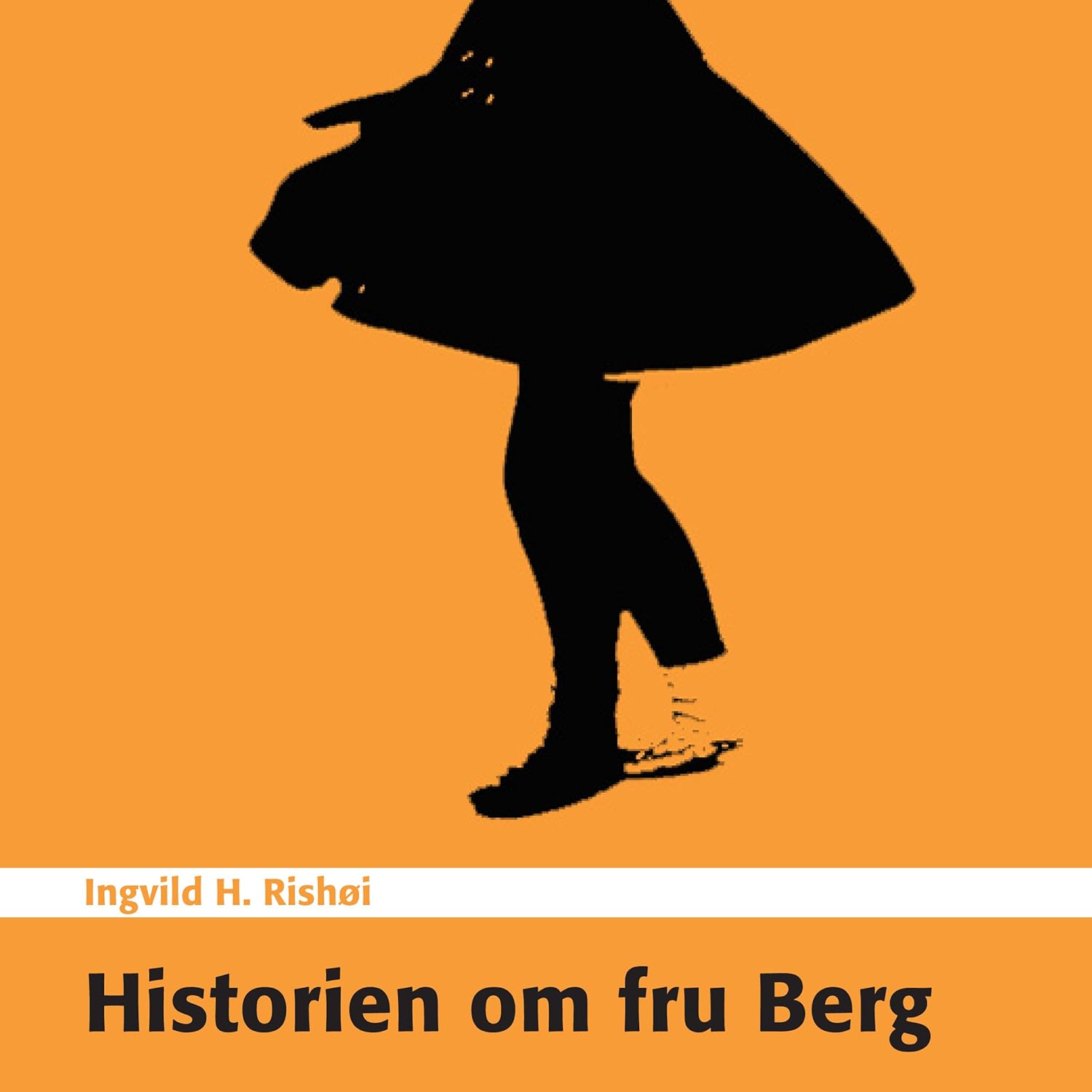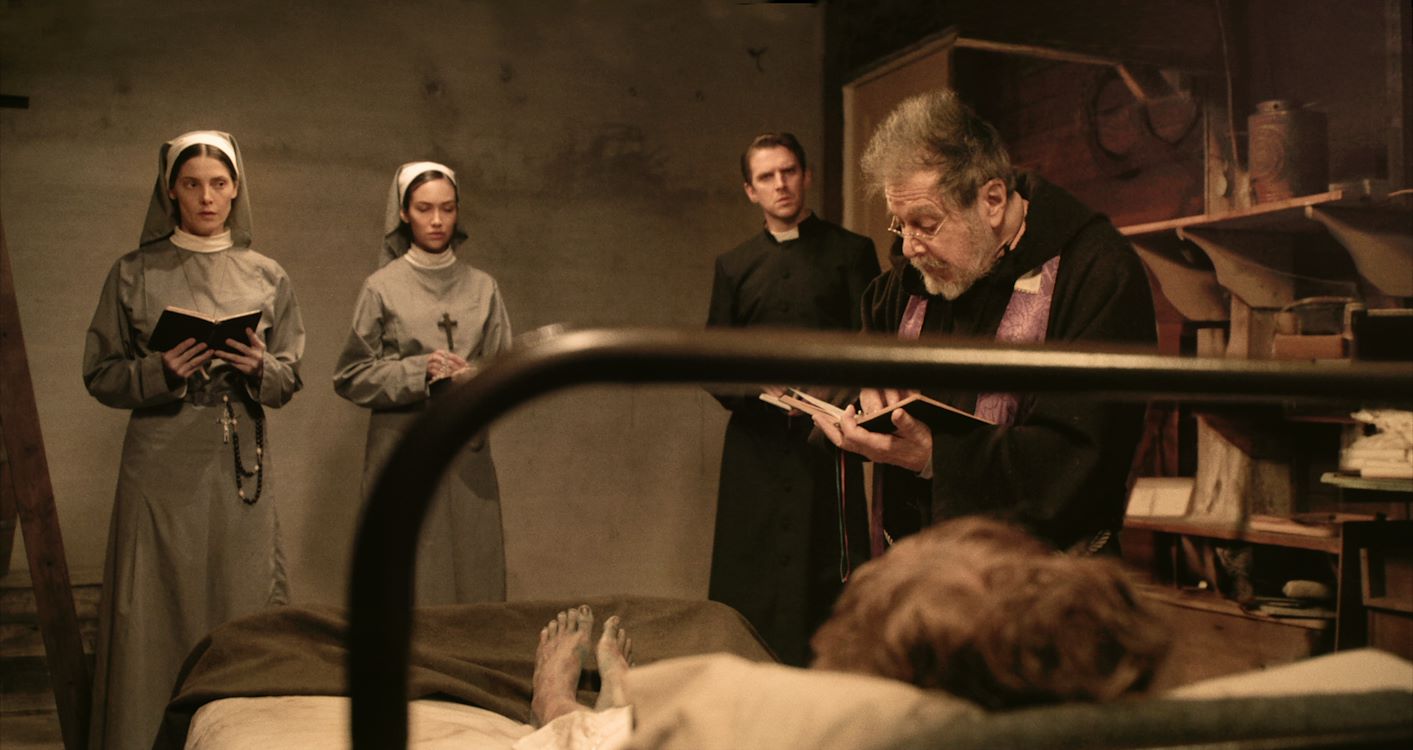This edition features a beautiful collection of stories that gives us a glimpse into how children deal with illness and crises in the family and a—unfortunately—failed film about exploring the boundary between mental illness and spirituality.
You can find this edition here: pdf.
Collection of stories
The Story of Mrs. Berg, Ingvild H. Rishøi (not translated into English)
How illness disrupts children in the family
Five beautiful stories comprise The Story of Mrs. Berg by Norwegian author Ingvild H. Rishøi (1978). They are all descents into the soul of a child, and for that reason alone, this is a collection that no one involved in caring for children should miss. Stories about meeting your first love, discovering that you look a lot like Janis Joplin, or about the love for a hamster named Mrs. Berg. They are all about (growing up) children. And there is always disruption in their families due to (mental) illness and the children’s reactions to it. Making people disappear, for example, is a collection of short, fragmentary memories of two sisters, in which the younger sister is suddenly taken to hospital, leaving her older sister distraught. In the title story, a young girl tells how she has been given a hamster and how, since her parents’ divorce, she lives alternately with her father and mother. Her mother is clearly in mental distress, which has disastrous consequences for the hamster, and therefore for the girl, which she notes with half-understanding.
This quote beautifully illustrates how Rishøi uses the girl’s stream of words to give us a glimpse into her associative thoughts and feelings, including her compulsive ‘counting’ to keep intrusive thoughts of doom at bay. The girl has just received the hamster as a gift: ‘That day I taught her to walk through toilet rolls, and I just forgot where I was and who I was: Emilie. A hamster is different from a cat. It tickled when she ran across my arm. She was so small, when she sat in my hand I felt I could crush her if I squeezed my hand or hit her with a big book. It kept raining outside, the window was soaking wet. But the light from the ceiling lamp was a beautiful yellow. And I had become a different girl. Then she ran through the toilet roll. That was the best day ever. But why does it always have to be like this? Always the best and the worst, over and over again. Because it smelled really bad. Oh, the worst. Because the next time I came, I put my bag away and went to my room. Thirty, twenty-nine, twenty-eight. Take those stupid thoughts away from me.
Rishøi’s style is stripped down, simple, sometimes like a children’s book or a fairy tale. Some of the images allude to this: a wolf, glow worms, the healing, almost magical effect of the color white. Her characters register. Their psychology or the drama in which they appear is emergent, emerging from what they see, experience, and tell. Much of the drama takes place between the lines. In That Which Gives Light, the younger of two brothers tells how he looks up to his older brother Richard, his mentor in life. And how things go completely wrong during Richard’s adolescence, and he is no longer able to connect with him. Richard no longer wants to go to school, and later he doesn’t even leave his room: ‘I understand what’s going on, there are voices in his head, they scare him and they scare me too. I go to school and feel my body tingling because Richard doesn’t talk to me anymore. He taught me everything, about space and multiplication tables, where our forest is sacred, which feathers belong to falcons, he taught me everything, but now everything is different. My brother doesn’t want to talk to me anymore. I go to school and there’s a cold wind. I put my hood up at the mailboxes, the puddles are frozen, I can’t believe it was ever summer.
My Girls is an exception: this heartbreaking story is told by a father who hasn’t seen his eldest daughter in years. He fantasizes about how her life might have turned out. When his wife was pregnant for the second time, she fell ill—a doctor attributed it to “the hormones.” Around that time, a woman named Katja, a Lolita-esque type with philosophical tendencies, comes into his life. She strikes a chord with him and turns his head, or perhaps his soul. Then things gradually go wrong between him, his wife, and his eldest daughter: “I didn’t know then what I know now. How fate works—it catches you and throws you down somewhere. You have to think about everything you do. But you know, you never have enough time to think. Life catches up with you all the time.“
Perhaps that is the crux of these incomparable stories. The father in ”My Girls“ later explains it to himself as a simple, banal fact of life: ”It was evening, because it always is. Everything goes on, you know, people and the world and the day, they don’t care about you. But I had groceries with me, and I had another daughter I couldn’t forget. I never came home that late. (…) I remember the way home. I took the subway. I looked at everything and understood everything: everything just goes on. Whether you die or your whole life goes to hell: the news comes on the radio every hour and the subway keeps running.’ The point is: all the children in these stories, no matter how young they are, have similar formative experiences, but they are unconscious and unspoken.
And I haven’t even mentioned the most beautiful story: ‘The Life and Death of Janis Joplin’. That alone makes this book worth buying.
Henk Maassen
Film
The Ritual, now in theaters
On the border between faith and medical science
Thanks to the use of handheld camera work, sober colors, and shock effects through sound design instead of grotesque visual horror, The Ritual, about a “possessed” young woman, initially makes an authentic, almost documentary impression.
The story is based on a notorious ‘real’ case: in 1928, a Capuchin monk was called upon to free a young woman, Emma Schmidt, from possible demonic possession. The skeptical priest Joseph Steiger documented the case. At the time, doctors and psychiatrists were unable to explain or treat her behavior, which is hardly surprising given all the levitations, demonic voices, and supernatural manifestations.
The film’s director, David Midell, had previously worked as a therapist and had, one assumes, good intentions. He claims to have spent ‘thousands of hours’ researching the facts, history, and context of this case. In his film, everything had to add up. Especially because he wanted to explore the boundary between mental health and spiritual experience: ‘Some have described exorcisms as Rorschach tests: those with a background in faith and religion see a spiritual battle for a person’s soul, while those who are more scientifically minded see that a person needs psychiatric help.’
Well, if Midell had stuck to the facts, this might have been an interesting docudrama and viewers could have subjected themselves to a valid test on the issue of (medical) science versus faith. But then again, that’s not what you usually get at the cinema. In the end, Midell gets bogged down in the kind of clichés that true horror fans have seen so many times before, and in infinitely better productions (The Exorcist!). The fact that Al Pacino took on the role of the Capuchin monk in his old age raises the question of what could have made him think this would be a good movie. Was it the director’s thorough research?
Henk Maassen